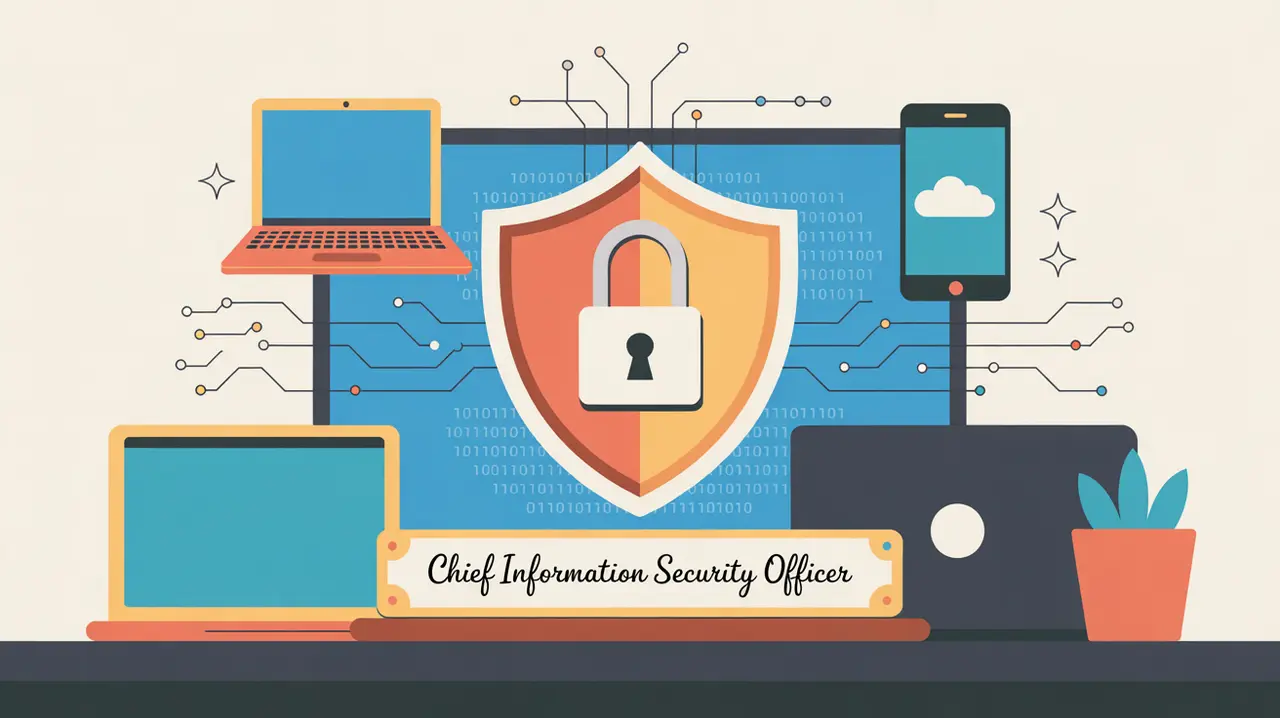What Does the Chief Information Security Officer Role Involve?
A chief information security officer (CISO) is responsible for developing and leading an organization’s information security strategy to protect its data, systems, and digital infrastructure from internal and external threats. This involves overseeing cybersecurity policies, risk assessments, incident response, regulatory compliance, and security awareness across the organization. The CISO ensures that security measures align with organizational priorities, support operational resilience, and safeguard sensitive information. They work closely with executive leadership, IT teams, legal and compliance functions, and external partners to manage risk and strengthen security posture. In both nonprofits and social enterprises, the CISO plays a critical role in protecting organizational assets, maintaining trust with stakeholders, and enabling secure digital transformation.
At What Level does this Role Operate?
Executive Level: This role operates at the highest level of organizational leadership, typically reporting to the CEO, COO, or CTO and serving as part of the executive team. The CISO oversees security teams and works across departments to embed security considerations into strategy, operations, and technology.
Relative Employability: Executive information security roles are in high and growing demand across all sectors, including nonprofits and social enterprises, as organizations rely more on digital infrastructure and face increasing cybersecurity threats. Individuals with strong technical expertise, risk management experience, and leadership skills are highly sought after.
Relative Pay Scale: Within nonprofits and social enterprises, chief information security officer roles sit in the highest pay bands for technology and risk leadership positions. Compensation reflects the critical importance of safeguarding data and systems in mission delivery.
What are the Key Responsibilities and Activities?
- Define and lead the organization’s information security strategy and governance frameworks
- Oversee cybersecurity policies, incident response protocols, and risk management systems
- Conduct security assessments, audits, and penetration testing to identify vulnerabilities
- Ensure compliance with data protection regulations, donor requirements, and industry standards
- Supervise security teams and collaborate with IT, legal, and operations to implement controls
- Manage incident response and recovery efforts to minimize impact of breaches or attacks
- Advise leadership and the board on security risks, trends, and mitigation strategies
- Build a culture of security awareness and shared responsibility across the organization
What Core Competencies and Qualifications are Needed?
Required Qualifications and Experience
The following reflect common qualifications and experience expected for this role, while recognizing that pathways may vary by context, organization, and region.
- Relevant academic background in information security, computer science, information systems, or a related field, or equivalent professional experience
- Extensive leadership experience in cybersecurity, information security, or IT risk management
- Deep knowledge of security frameworks, compliance standards, and threat landscapes
- Experience advising senior leadership on security strategy and managing cross-functional teams
- Professional certifications such as CISSP, CISM, or equivalent are often preferred
Key Competencies
- Strategic leadership in information security and risk management
- Advanced technical knowledge of cybersecurity practices and technologies
- Strong analytical and problem-solving skills
- Executive communication and advisory abilities
- Incident response and crisis management expertise
- Capacity to build organizational security culture and resilience
How are AI and Automation Shaping this Role?
An AI-native chief information security officer will look to AI and automation to enhance threat detection, incident response, and risk analysis. They can use AI tools to monitor network activity in real time, identify anomalies, and predict potential security breaches before they occur. Automation can support security patching, compliance monitoring, and routine risk assessments, enabling the CISO to focus on strategic leadership and complex threat management. By integrating AI strategically, CISOs can build more proactive, adaptive, and resilient security systems.
What Career Pathways and Transferable Skills are Associated with this Role?
Chief information security officer roles represent senior leadership positions at the intersection of technology, risk, and strategy. From this role, professionals may advance to CTO, COO, or advisory positions, or transition into board-level security and risk committees. The combination of strategic leadership, technical expertise, and risk management experience developed in this role is transferable across nonprofits, social enterprises, corporations, public institutions, and global organizations.







